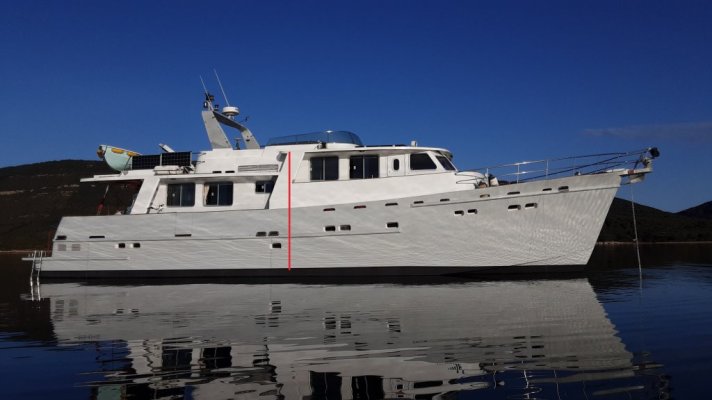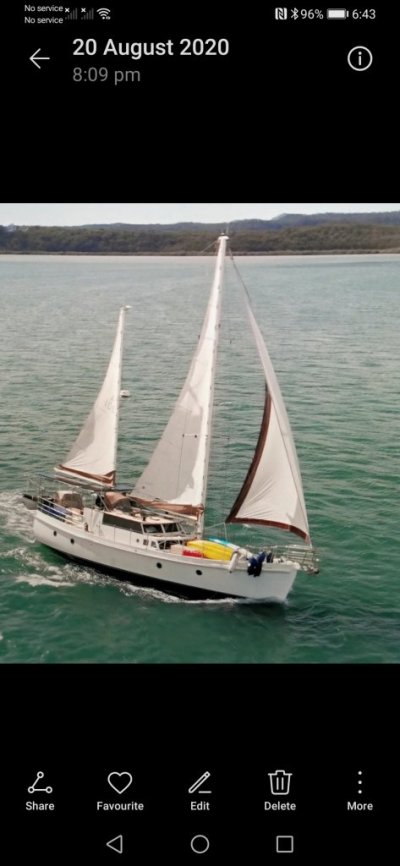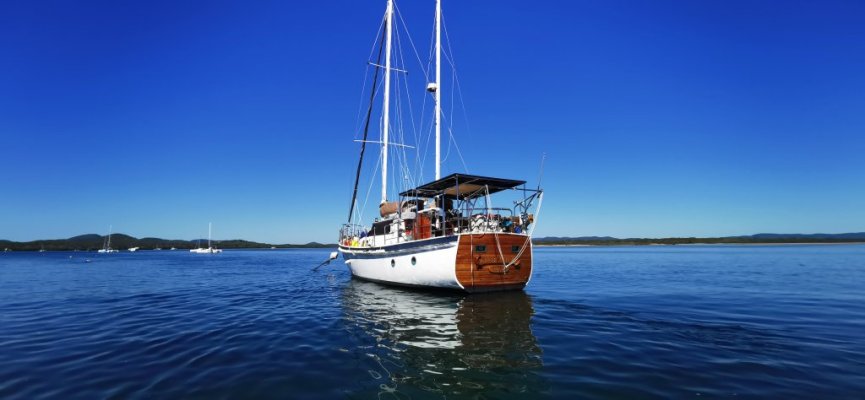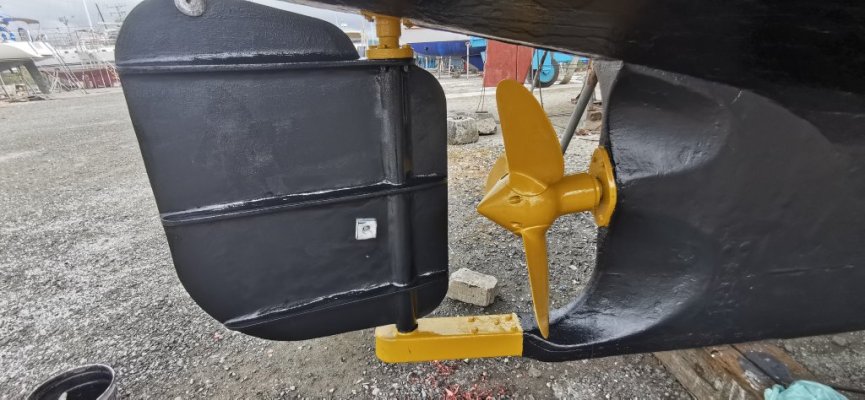Foilmagnet
Newbie
- Joined
- Nov 21, 2023
- Messages
- 4
The setup in the Trawler will be single engine with a get home.
Speed max 9knots but trawling at 6 knots
Engine will hopefully be a gardner or lugger v6. Get home.... What ever there is in it
Full displacement hull.
size from 46 feet to max 60 in the trawler I know it is wish full thinking to find a v6 gardner in a 60feet trawler. Well in almost any boat from after 1998.
Age no more than 25 years of the trawler
The cat will be a sail cat. min 40 feet and max 47 feet.
Age no more than 20 years of the sailcat.
Both used in hmmm ready to sail shape. What ever that means.
Speed max 9knots but trawling at 6 knots
Engine will hopefully be a gardner or lugger v6. Get home.... What ever there is in it
Full displacement hull.
size from 46 feet to max 60 in the trawler I know it is wish full thinking to find a v6 gardner in a 60feet trawler. Well in almost any boat from after 1998.
Age no more than 25 years of the trawler
The cat will be a sail cat. min 40 feet and max 47 feet.
Age no more than 20 years of the sailcat.
Both used in hmmm ready to sail shape. What ever that means.





